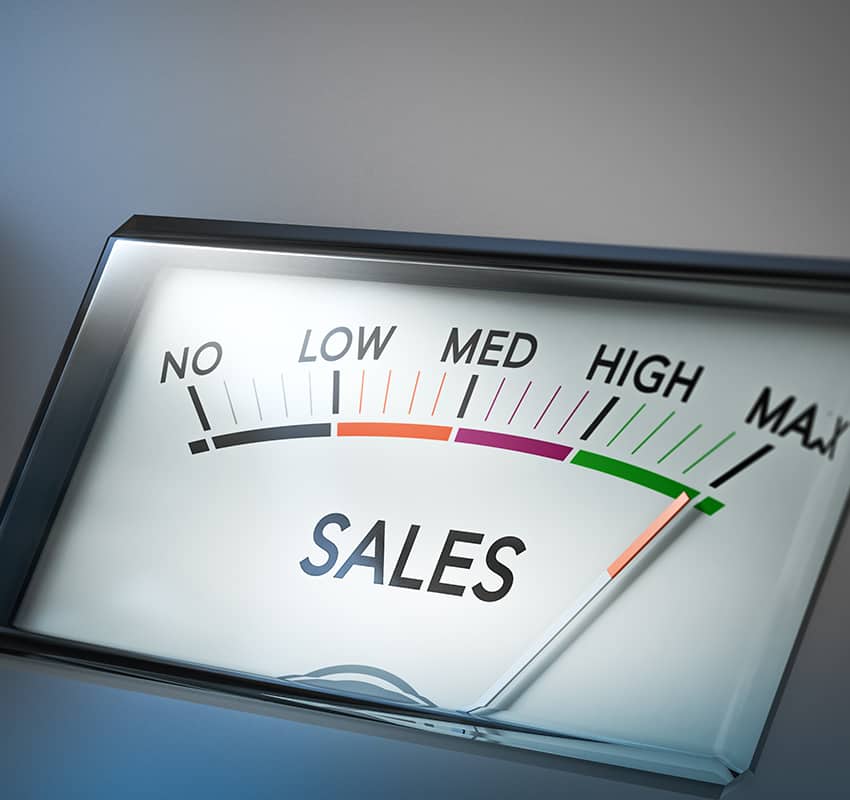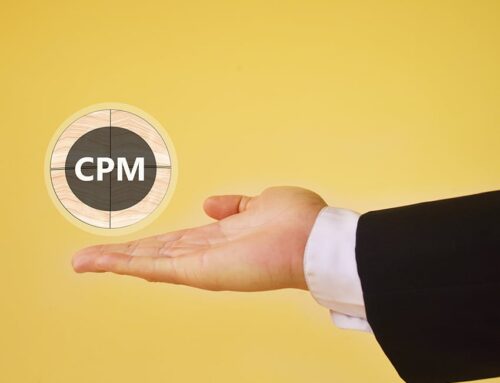Measuring Conversions
Do you know how to measure conversions for your advertising campaigns?
Measuring conversions may seem a bit complicated at first glance. However, it really isn't that difficult of a process if you have the right tools and know-how for measuring conversion rates.
In this brief guide, we'll look at what a conversion is, how conversions are measured, and two methods Gourmet Ads uses to take care of conversion tracking.
What is a Conversion?
A conversion is any type of action a user will take on your site. Conversions can be completed purchased, link or button clicking, accessing a sales page, submitting a form, etc. Conversions essentially are acts that "convert" leads into potential customers, or at the very least very interested leads.
How Are Conversions Measured?
When measuring a conversion, there are two often-used ways to credit each point of connection in a conversion. These include post-view (or view-through conversion) and post-click conversion.
Post-Click Conversion
A post-click conversion is a conversion that takes place after a specific user has clicked on an advertisement. In many cases, users may have had to go through many different actions before the conversion action itself. In post-click conversion, conversions are attributed in post-click scenarios, rather than just giving credit to the last click.
For example, a timeline a user may go on could start with a paid search. From there, they sign up for emails. Through one email, they are brought to the website where they organically search for a product. Then, they purchase a product. Each touchpoint (i.e. click) gets conversion credit if the action occurs within a defined lookback window. Such a window is a period where action needs to be matched to a conversion after an advertisement is clicked by a user. Lookback windows can be several days or several months.
Post-View Conversion
A post-view conversion (or view through conversion) occurs when a user has been brought to an impression but has not yet clicked on it. The view, not just the click, has a specified lookback window in order to receive partial credit for the conversion.
For example, if an advertiser advertises on many different channels, they will often include social networks and video as part of the conversion timeline. Such channels won't drive clicks, but they are still contributing to the outcome.
The best way to know is post-view or post-click conversion is right for you is to experiment with each technique.
Get Those Valuable Conversions with Gourmet Ads
Measuring conversions may seem a little complicated, or at the least appears to be a bit of tedious work. Luckily, Gourmet Ads can take on the task of tracking your conversions for you– among many other things.
Gourmet Ads helps businesses in the food and wine niche, as well as advertisers, reach highly specific demographics through targeted programmatic advertising. We tend to target largely female audiences of primary grocery buyers, household cooks, and general decision-makers. Our audience also tends to look for high quality and branded ingredients for their recipes. Currently, we manage nearly 1700 websites and boast an impression 2.8 billion impressions– and that's only going to grow. Gourmet Ads can help you gain valuable conversions quickly and efficiently











